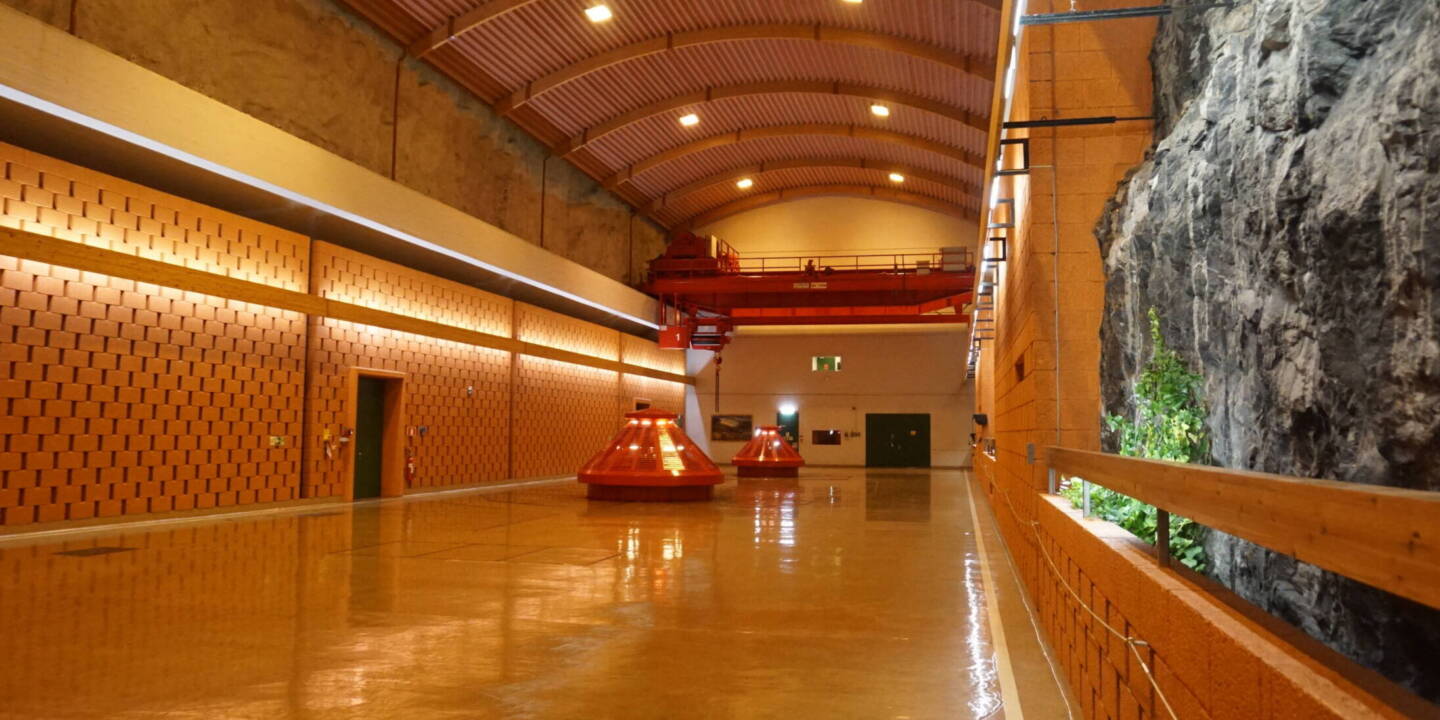Population growth influences energy use both directly and indirectly. As the population rises, so will total household demand for energy services – for transport, heating and electrical equipment. A larger population means a larger labour force and higher production of goods and services. This creates a growing demand for offices, shops, supermarkets, cafés and production plants, which in turn increases energy demand. More people also need more schools, child daycare centres and health services, all of which use energy for heating and to run equipment.
Population structure and population distribution also influence energy use. Urbanisation is expected to continue, with more and more people living in towns. Urbanisation tends to mean that more people live in flats, where each person generally has less living space and therefore uses less energy for heating. Centralisation also reduces energy needs for transport, because travel distances are shorter and people can use public transport more extensively or walk or cycle to their destinations. Compact towns generally have a less energy-intensive industrial structure and more service industries.
Economic growth results in greater demand for goods and services. This in turn increases energy demand, both for the production of goods and services and for transport of people and goods. Although economic growth, population trends and energy demand have become less closely linked in recent years, the level of activity in the Norwegian economy will continue to have a strong influence on trends in energy demand.
The Norwegian economy consists of a large number of sectors and industries, and their energy use varies considerably. For example, manufacturing industries are generally more energy-intensive than service industries. Changes in industrial structure therefore influence energy use in Norway. Energy use will therefore rise more slowly than would be expected if more energy-intensive industries were growing.
The effects of technological advances on energy use are complex. New technology is often more efficient, which tends to moderate any increase in energy use; on the other hand, energy use may increase as new machinery and equipment is introduced. For the economy as a whole, technological advances act as a stimulus for growth. Technological developments are the most important driver of growth in productivity, which in turn is a key driver of economic growth, which brings with it more energy use. Technological advances also shift production towards capital-intensive industries, and these are generally also relatively energy-intensive. Thus, the overall effect of technological advances is to increase energy use, even if the energy is used more efficiently.
Energy prices influence both the energy mix and overall energy use. If the price of one energy carrier rises, this may both reduce its consumption and increase demand for other energy carriers. In the short term, however, the technology available limits how much consumption can be reduced and whether it is possible to switch to another energy carrier. Relatively large price changes that are maintained over time are needed to make it financially worthwhile to reduce energy use or switch energy carriers. People do not immediately replace inefficient fridges or install heat pumps when electricity prices rise.
In isolation, rising energy costs tend to result in lower demand and lower production of goods and services. Energy-intensive sectors become less profitable, and less energy-intensive sectors such as services become relatively more profitable. In the long term, higher energy prices may therefore result in a less energy-intensive industrial structure and reduce overall energy demand.

